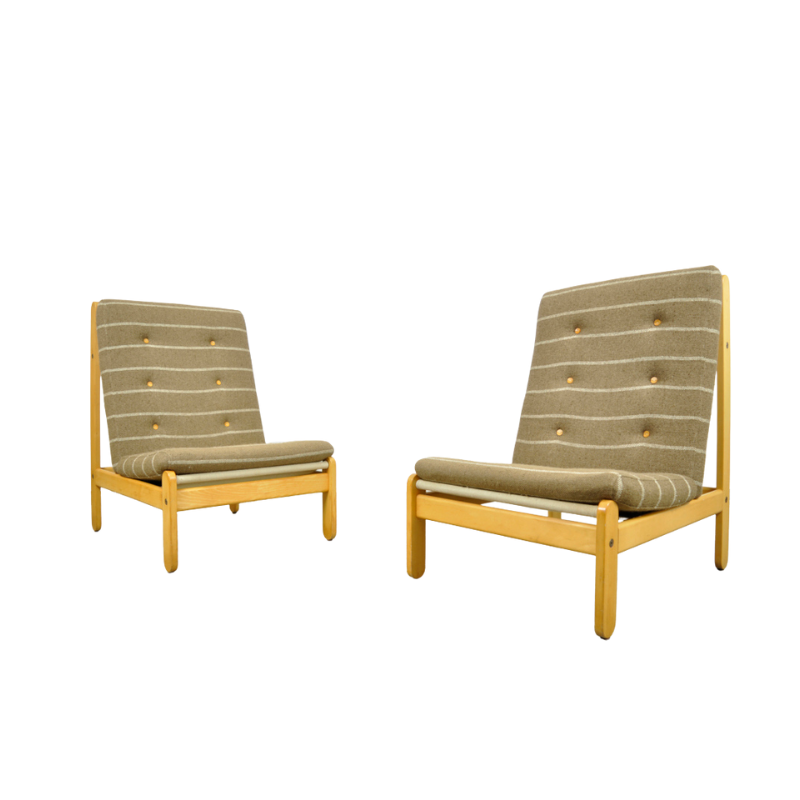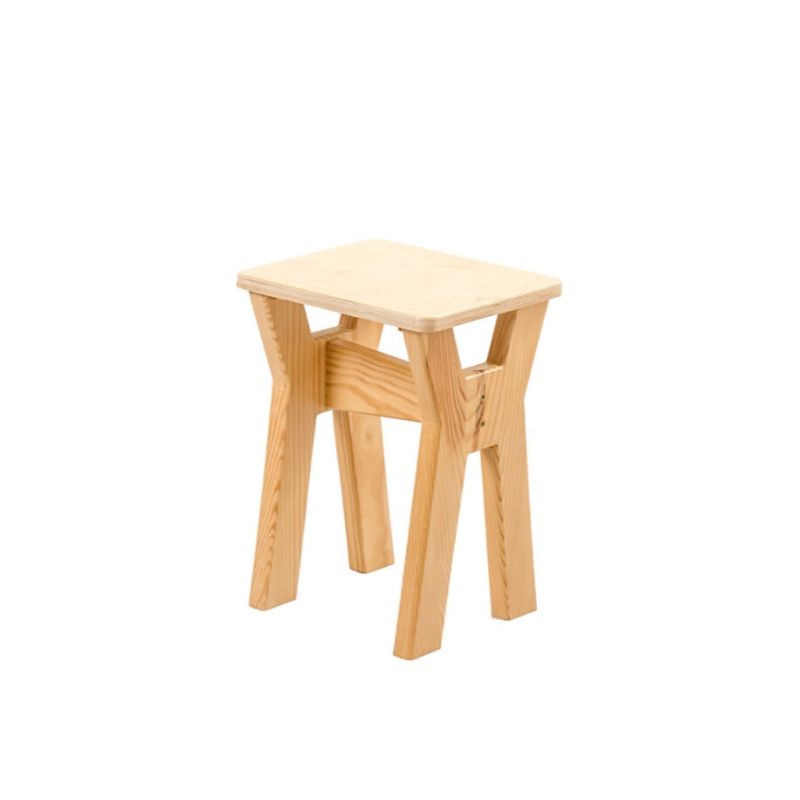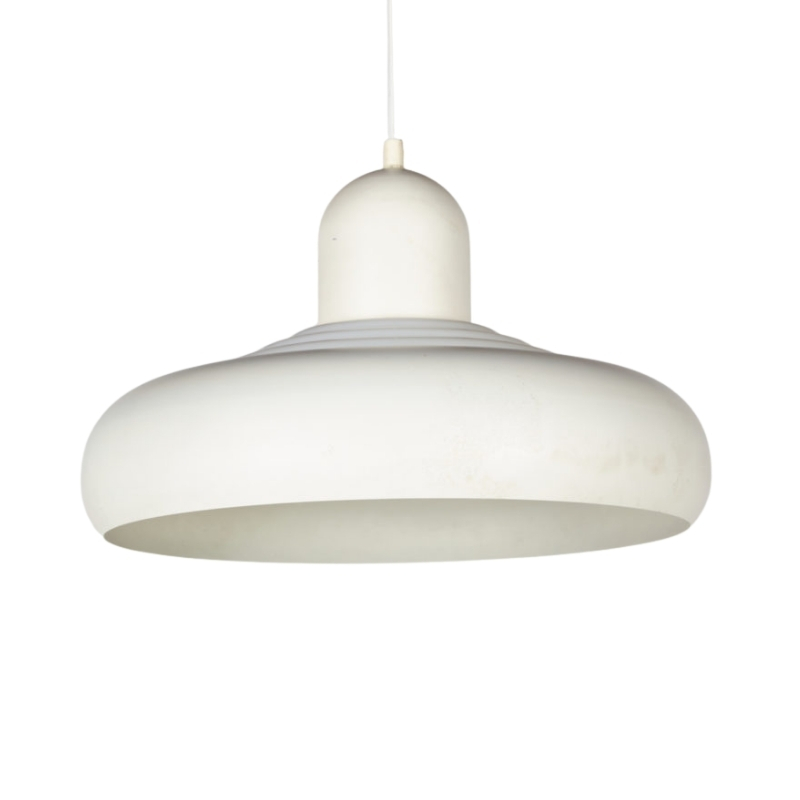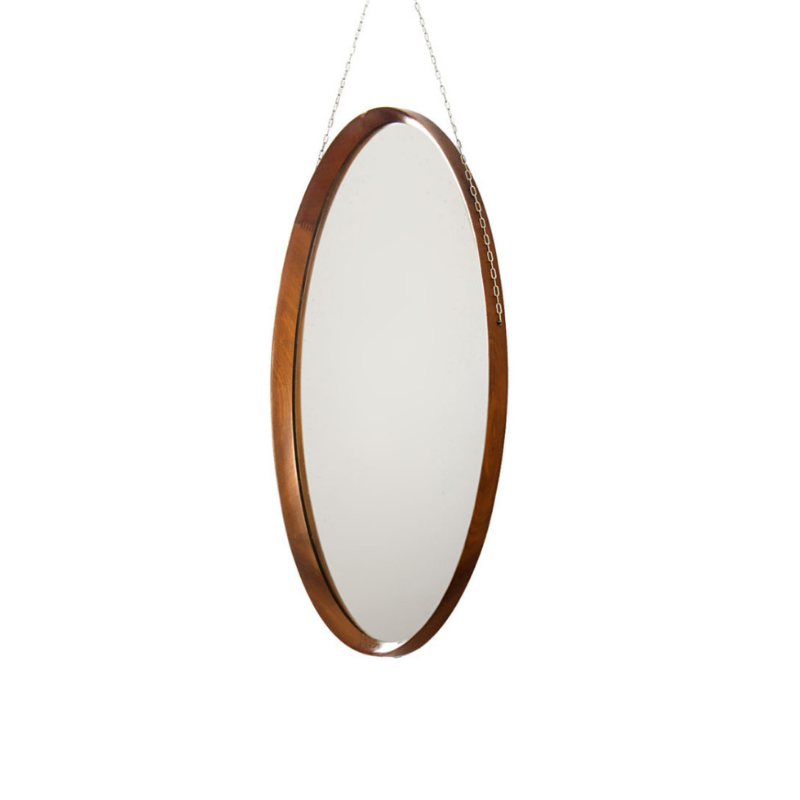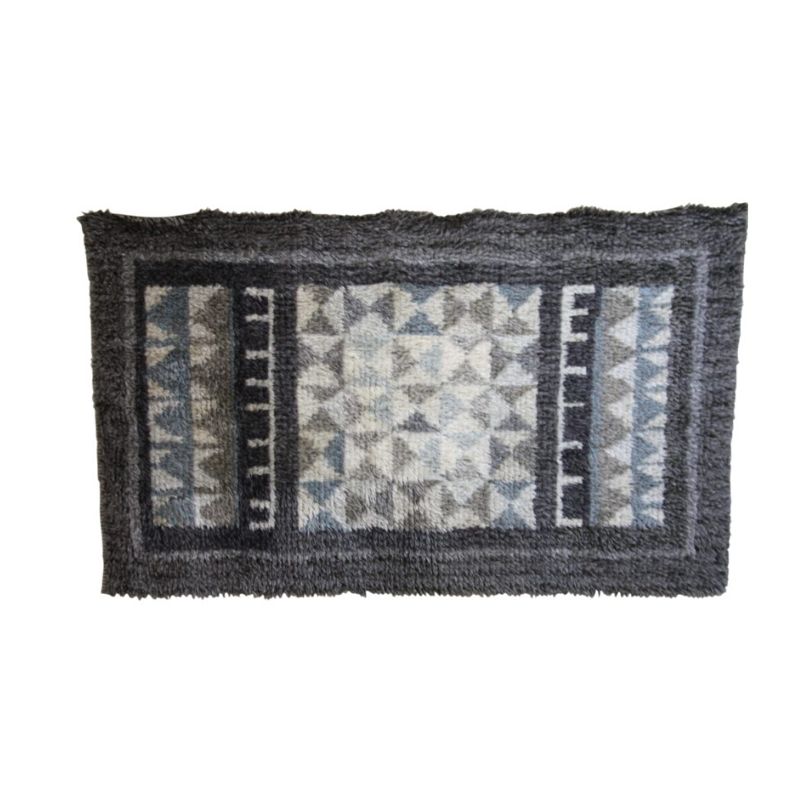Now that modern medicine keeps us alive so long, Alzheimer's is no longer a disease: it is a new phase of life that most will endure. I've been to several of these Alzheimer's facilities the last 15 years for various family members and I am endlessly disappointed at the interiors. Interior design remains inside the box. The bulk of the design effort is to create calming environments that look good to the children of parents with Alzheimers, rather than interiors that really serve the unique needs of Alzheimer's patients.
Let's think about what Alzheimer's patients struggle with.
They can't remember much at all--short or long term.
They have poor balance and fall.
They lose a sense of personal space and get into each others' faces.
Many wander aimlessly.
Many do not respect the personal rooms of others.
They fall out of beds frequently.
I'm sure many of you could add many more problems Alzheimer's patients have.
And yet interior design still looks like independent living retirement housing, only with locks on every door out; this is crazy.
Tens of millions of person are living in these places in the USA alone.
Here are some suggestions by me for innovative interior design for Alzheimer's patient housing.
pt. 2
1. Padded floor coverings to reduce contusions and fractures. Outdoor playgrounds around play structures for children have padded surfaces. Synthetic turf football fields have padded turf. Amusement parks like Lego land and Seaworld have padded aprons around the run through the fountain play exhibits. Why can't Alzheimer's facilities have padded floors? We're not talking mahogany from the Amazon here. We're talking spongy rubber surfaces that clean easily, resist scuffing, are easy to clean after accidental bowel and bladder evacuations, and are just plain FUN to walk on, whether or not you can remember your own name. It would vastly reduce fatigue of staffers, who are on their feet all day running after the aimless wanderers. And it would reduce the fractures of persons falling.
2. How about some freaking beds on frames that lower so the top of the mattress is at grade with the rest of the floor in the room and raises back up to get out of bed. Frankly, many of these patients would benefit from daily struggling to get up and down from their bed at floor grade. If the floor is spongy and the mattress is soft, it would be good, safe exercise for them to get up and down. For those that can't do it, the bed could be raised to a normal height.
3. Small, padded, two feet square cushions on four casters that patients could scoot around the floor on. Significant numbers of Alzheimer's patients lose their balance but do not lose their strength. In a facility with spongy flooring, these scooters could never go too fast, yet they could allow many of those who lack the balance to get out of their chairs to scoot around on the floor.
These people are bored to fucking death, whether they can remember to tell you or not. While they need environments that do not add to their confusion, they do need environments that encourage them to function in ways that they can safely.
PLEASE! Some designers with hearts and compassion need to begin to jump start this process. The existing Alzheimer's housing projects are stuck. They are not thinking creatively about interiors for these persons. If you cannot remember who you are, or where you are, or your distant past, or what happened a second ago, you really don't need Early American, or Danish Modern, or any -ism. You need someone without Alzheimers to come up with an environment that works for you and enables what remains of you!!
Koen did some volunteer design work for victims of land mines. He designed them a low cost prosthetic foot.
PLEASE! Someone, or some group of designers, needs to band together and do some volunteer design work for interiors of these places--at least enough to prime the pump and raise some awareness of this problem.
These places, even the ones that mean well and are trying to improve care conditions, desparately needs some designers to break the stasis.
The padded flooring seems like a good idea, at first glance
Where I work, a large padded mat was added to a much-used work area-- one really appreciates the difference at day's end (good-BYE achin' dogs). As an additional-- though unintended-- consequence, accidentally-dropped objects suffer less damage, as well.
However, since elderly adults are usually dependent on wheels for locomotion (wheeled walkers & chairs), wouldn't the "drag" of padded flooring make movement significantly more difficult?
(Just thinking aloud, while wondering why this good-at-first-glance idea hasn't been implemented already.)
I'm sure this is not why it hasn't been implemented...
but to build on earlier sentiments, a soft floor does make sense but has to take other things into consideration like ambulatory devices and gait patterns. In addition to using devices with wheels, elderly gait patterns (and people with balance problems in general) tend to begin with a shuffle followed by larger steps as the individual gains balance. A soft floor may interfere with the shuffling pattern and in turn, lead to balance difficulties and falls. I know of a teenager who tore an ACL playing on a soft floor because her foot planted but didn't pivot. Maybe something softer than typical institutional surfaces but also cleanable and not "squishy" like cork could do the trick.
Just my .02
I could not agree more DC...
..and I do not think that there would be a problem finding e number of designers willing to put their talents and knowledge together to improve those living conditions. As far as the soft floors are concerned I do not have a ready answer but one would be surprised of the effectiveness of softer floors. I was a consultant on the development of the floors on which the Cirque du Soleil is performing, and was amazed by the effectiveness of a laminate of foams that was stiff enough on the top to perform circus acts, some being performed on rollerblades, and yet soft enough to reduce injuries considerably. I do not think that their would be any real problem in developing a floor surface that is very dens e on the surface to allow for proper cleaning etc, but that is supported by foams with other densities that would reduce considerably the impact of a fall.
The Forgetting
A Portrait of Alzheimer's
PBS and an Emmy award winner.
And is being rebroadcast a few times this week...
Produced by a friend of mine after her father suffered from the disease.
An incredible strain on the family as well.
My father-in-law has just joined 'the forgetting'.
We have had just this conversation many times. As Koen points out
the technology exists, just not used in this very needed instance.
http://www.pbs.org/theforgetting/
It's a good and close to home...
It's a good and close to home question, dc, and I think there might be much that could be done to enhance or at least buffer the lives of this population but I fear that in most cases such goals will rarely be a priority.
Hopefully new construction will be sensitive to specific needs. Existing US health facilities were largely built on a profit model; that is, entrance, small rooms, double occupancy, central nursing station, elevators, exit. I recall hospitals rarely being referred to in measures of square feet, room layout, floor plan, etc., but by number of beds.
This is gross simplification, but it's generally not for lack of study or understanding that better, more fitting environments are not the norm in health care. It's that cost/profit factors trump all others.
Interesting to see the discussion regarding mobility. I would add that one of the first things to be implemented when a person enters a long term health care facility in the USA of the kind you note is an increase in medications, largely sedatives.
Great thread, great concerns, not going to happen!
Hudsonhonu is spot on. Profit is the motive, not care, and when you are dealing with a healthcare system that is ranked 33rd amongst industrialized nations, well you can guess the rest, Alzheimer patients are way down the list for funding as it is simply not a "buzz worthy" disease that can attract a lot of attention like cancer or even "E.D."
I watched my grandmothers second husband die from Alzheimer's and it was not pretty, neither the disease nor the facility he spent his final days in even at a cost of near $700.00 a day. He apparently forgot how to walk, got out of bed in the middle of the night and broke his hip. He's dead 10 plus years and the images of his final days still haunt me. All the points raised are marvelous, but at least in the US, the healthcare mechanism is sadly rather indifferent, which is truly breathtaking given the aging population and the percentage of the population that may face these indignities.
I still hold out hope though and as DC said, maybe these pebbles will cause the ripples necessary to change this situation.
All I'm asking for here is a pilot program...
Just for a group of designers to get together, to find one or two willing donors to the cause (there have to be some foundations and individuals who would be willing to give $5-10 million to such a project) and to approach a progressive Alzheimer's facility around Silicon Valley, the Research Triangle, or Westchester, or Bel Air, or somewhere, and say, hey, we'd like to work with you to develop some new form and engineering languages/ideas for your facility. We're not trying to turn your place into a designer facility (though that might not be a bad idea if it would help get this thing off the launch pad either) and we're trying to bring interior design into a fit with your Alzheimer patients. We just want to work with you to see what we can do for these persons and for our society. My god! Of course this can be done. It MUST be done. I've worked in real estate. I know developers. They are always willing to look at new wrinkles that pencil out. They just aren't willing to pretend they pencil out when they don't. Industrial designers, designers used to making things for persons to use, designers used to thinking about how persons use the things they use and designing to work better, these are the kinds of designers we need to undertake this. And, yes, we need aestheticians, too. If the ideas are butt ugly to the children of the alzheimer patients, no one will bring their parents to the place. But this is design at its purest, if you stop and think about it. How should space programs and furniture and HVAC and digital media and the outside world be "designed" for persons who cannot remember ANYTHING? This is a magnificient design problem. We have the designers. We have the problem. We need a facility. We need some patrons. It always seems impossible at the beginning. I remember persons saying that regional malls were hopeless; that they would never be more than gargantuan reinforced concrete pillboxes. But look at them now; the accrued change in them is enormous. And remember, when J.C. Nichols built one of the first shopping centers called the Plaza in my home town of Kansas City, they said, "Not gonna happen!" They said the same thing about stopping nuclear reactor construction, and about human flight, and about the green movement, and ending cigarette advertising, and the Civil Rights Act, and Women's Suffrage, and the end of slavery...Not gonna happen!
DC your enthusiasm for this has made me rethink
my earlier position. But I would still say that we need to elevate the state of our overall healthcare system from a laughable 33rd position to something in the top ten. I would also couch the problem in something more then just Alzheimer's, like elder care and gerontology, and palliative and hospice care instead of our standard "warehouse em till their dead" attitude.
But you have made me set aside my cynicism relative to healthcare born when my grandmother spent 21k a month for my grandfathers care, he could have stayed at the Peninsula for that kind of money and had a better time of it.
Not impossible at all but...
Not impossible at all but let's remember that addressing the physicality of living spaces is only one part of a plan; that of at least equal concern might be how we relate to each other as beings, what value we place on quality of life for all, and identifying what systemic factors may counteract or even radically oppose a qualitative standard.
The example given (sedative increase) as one of the first implementations of health care for individuals with Alzheimer's was far too easy, but not entirely tongue in cheek. People fall down for many reasons, not a few of which we could claim are entirely self-driven, with one of those being that an actual full and comprehensive response to individual need might adversely impact the profits of those standing up.
I don't mean to seek the negative here, but I think it is important in any discussion to at least consider that one of the factors influencing the quality of health care in the United States might be greed.
Hats off to you dc for addressing this issue.
BTM and Hudsonh...
You are both right.
The health care system needs the money that is going into wars to secure oil (Iraq) and heroin (Afghanistan) and it needs reinstituting.
And there are many facets to treating and caring for those with Alzheimers. Interior design is only one.
But I only thought it appropriate to address interior design/architecture on this web site.
Post Script: BTM, I am sorry that you and your loved ones had to go through your terrible experience. I have been through similar experiences and I know they are awful. And another member of my family is entering the Alzheimer's eclipse as I write. We are all violated by this experience. But those with Alzheimers cannot speak out. We must speak for them.
Well Said DC
Thank you for your kind words. I wish I couldn't say it, but I know what you are now dealing with.
As an additional thought it really is surprising that more designers are not jumping on this band wagon, as baby boomers age we will make up an extremely large percentage of the population over 65 and it is stunning to think that strictly from a profit motivation, more are not working in this area. Energy and Elder issues will be, going forward, what the internet was to the 90's and 00's, or so it would seem.
If you need any help, please contact us at – info@designaddict.com



